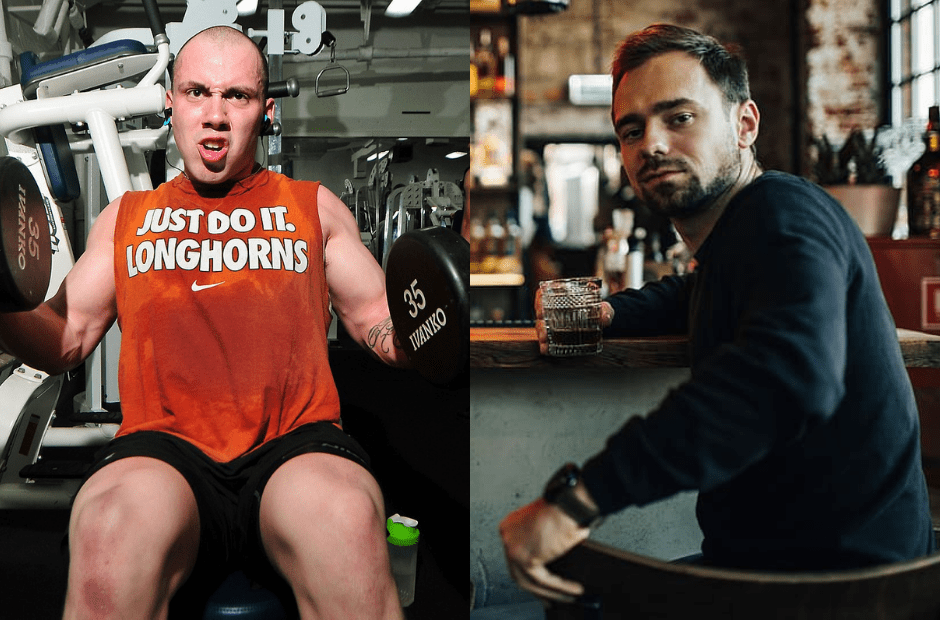A large proportion of corona infections take place at so-called "super-spreader locations," such as restaurants, gyms and cafés, according to a new American study of mobility patterns.
Using a model based on demographic data, epidemiological estimates and anonymous mobile phone data, scientists at Stanford University assessed locations more prone to the spread of the virus, with a focus on larger cities.
Analysing where people go, how long they stay there and how many other people are in the same place found that most infections take place in locations where several people spend long periods of time in confined spaces. Visits to some 553,000 locations, including restaurants, gyms, pet shops, DIY shops and religious institutions, were examined.
"Our model predicts that a small fraction of "superspreader" locations account for a large majority of infections, and that restricting maximum occupancy at each location is more effective than uniformly reducing occupancy," explains the study, led by computer scientist Jure Leskovec.
"Our model also correctly predicts higher infection rates among disadvantaged racial and socioeconomic groups solely from differences in mobility. These disparities occur in part because disadvantaged groups have not been able to reduce their mobility as sharply, and the locations they visit are more crowded and therefore higher risk," it added.
Between March and May, the system examined the behaviour of about 98 million people in 10 American metropolitan areas, including New York, Los Angeles, Chicago and Washington D.C.
Using dynamic mobility networks that encode the hourly movements of 98 million people between 56,945 neighbourhoods and 552,758 points of interest (like restaurants, gyms, and grocery stores) using 5.4 billion edges.
[video width="1440" height="564" mp4="https://www.brusselstimes.com/wp-content/uploads/2020/11/Chicago_Naperville_Elgin_IL_IN_WI.mp4"][/video]
A video of the model in Chicago, starting from March 1: from left, the plots show the total number of visits to points of interest in the mobility data; the model's predicted fraction of the population in the Susceptible, Exposed, Infectious, and Removed states; and the model's predicted geographic distribution of infections
Further details, including an interactive simulation showing the impact of closing key areas, can be found here.
Jules Johhnston
The Brussels Times

